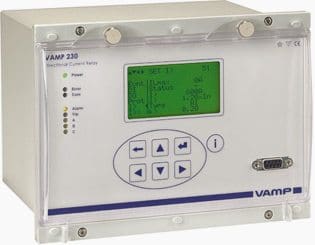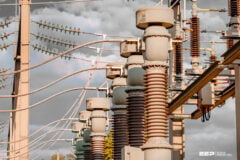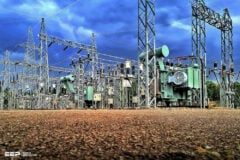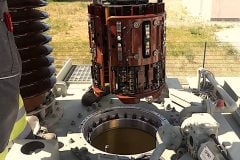
The development of modern power systems has been reflected in the advances in transformer design. This has resulted in a wide range of transformers with sizes ranging from a few kVA to several hundred MVA being available for use in a wide variety of applications. The considerations for a transformer protection package vary with the application and importance of the transformer. To reduce the effects of thermal stress and electrodynamic forces, it is advisable to ensure that the protection package used minimises the time for disconnection in the event of a fault occurring within the transformer.
Small distribution transformers can be protected satisfactorily, from both technical and economic considerations, by the use of fuses or overcurrent relays.
This results in time-delayed protection due to downstream co-ordination requirements. However, time-delayed fault clearance is unacceptable on larger power transformers used in distribution, transmission and generator applications, due to system operation/stability and cost of repair/length of outage considerations.
- Winding and terminal faults
- Core faults
- Tank and transformer accessory faults
- On–load tap changer faults
- Abnormal operating conditions
- Sustained or uncleared external faults
For faults originating in the transformer itself, the approximate proportion of faults due to each of the causes listed above is shown in Figure 1.

Winding Faults
A fault on a transformer winding is controlled in magnitude by the following factors:
- Source impedance
- Neutral earthing impedance
- Transformer leakage reactance
- Fault voltage
- Winding connection
Reference: Network protection and automation guide











The your portal is the best for the Learning and brush up the technical system